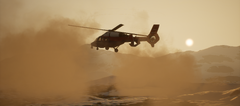- 0 replies
- 2,007 views
- Add Reply
- 0 replies
- 1,937 views
- Add Reply
- 3 replies
- 1,346 views
- Add Reply
- 0 replies
- 5,002 views
- Add Reply
- 1 reply
- 2,001 views
- Add Reply
- 0 replies
- 1,216 views
- Add Reply
Il2 DD Update Dev Blog 247 "BOS improvements"

By 76.IAP-Blackbird,
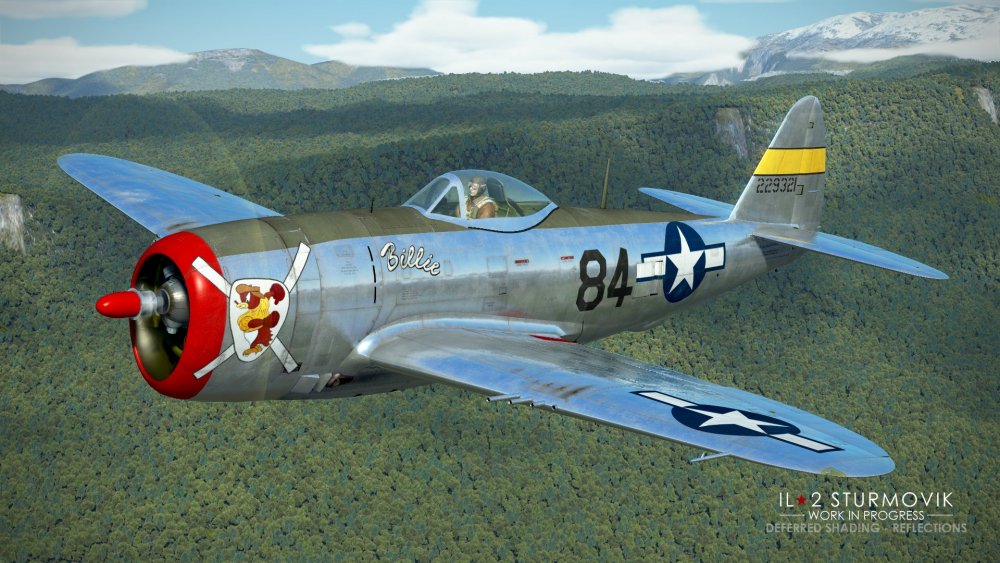

Hello everybody,
The weather in Moscow isn't really fitting for April, but these times it doesn't make a big difference; we're continuing the work on the project. The 4.005 beta testing is nearly finished, and soon you'll see by yourself what all the latest DDs were about. So today we'll tell you a bit about the current work that will yield more distant results. We have mentioned before that we're working on moving the graphics engine to Deferred rendering and now this process
Il2 DD Update Dev Blog 246 "Yak-9 Cockpit"

By 76.IAP-Blackbird,
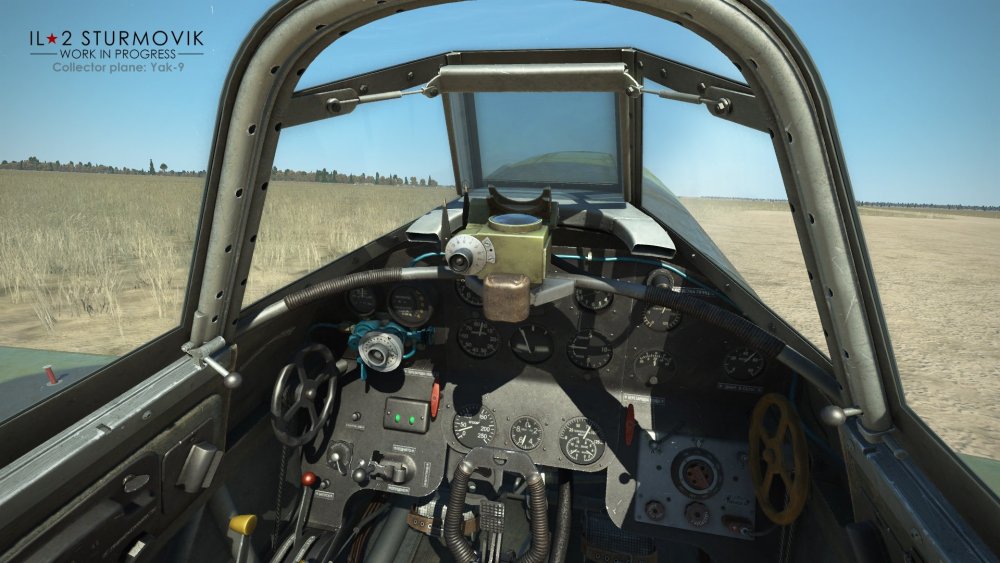

Hello everybody,
In spite of the serious events happening in the world, the time flows and it looks like we adapted to the new work conditions. The work processes are set up and we continue at the usual rate. Since we plan to release important renderer improvements in late Spring, we set the workflow to develop the short and long term tasks simultaneously. We'll tell you about what will be released in Summer a bit later, while today we'll concentrate on the coming update 4.005.
Il2 DD Update Dev Blog 245 "Gun cam Video"

By 76.IAP-Blackbird,
Hey everybody!
We hope you are hanging in there and staying healthy! While we're stuck inside our homes trying not to get sick I thought you'd enjoy some footage of our improved airframe damage model in action. These clips show how our wings are much stronger than before and how our improved damage calculations cause a myriad of failures that can bring down a plane, or in some cases, maybe allow you to limp home. Please note that the engine damage was turned off for this video as we
Falcon 4 BMS 4.34 Update 3 released

By MigBuster,
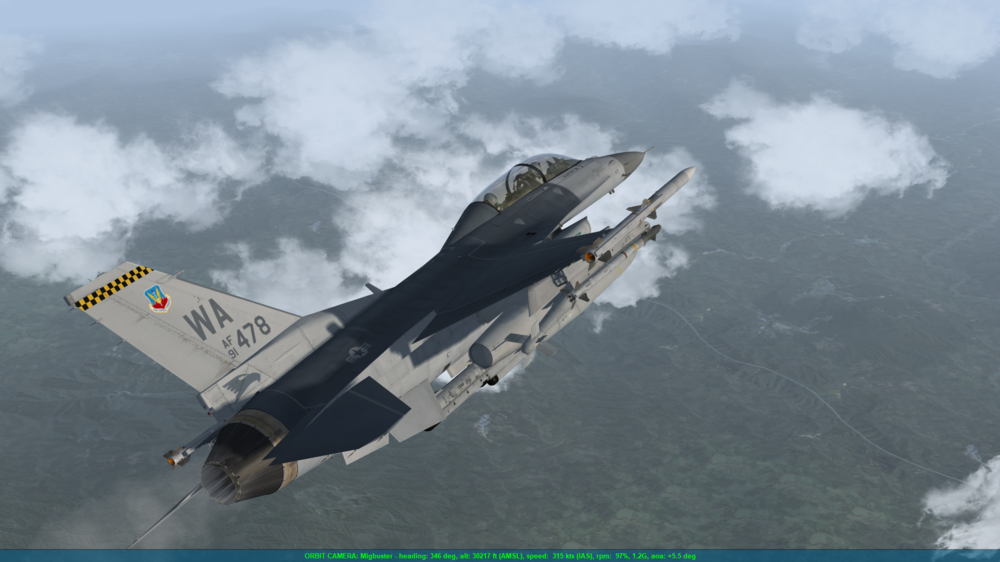

Ladies and Gentlemen,
on behalf of the entire BMS development team, I am happy to announce that the latest iteration of the Billion Soft Falcon 4.0 total conversion modification - Benchmark Sims 4.34 U3 - is available for you to enjoy as of RIGHT NOW!
BMS 4.34 U3 requires a legit installation of a Falcon 4.0 (all older and newer versions are accepted alike, i.e. Microprose, Hasbro, GOG, Steam, Retroism). The check is performed both at setup time and every time you start BMS. If no vali
The DCS Stay at home sale

By MigBuster,


Free Trial Schedule
Trial access on our top products
Given the ever-changing situation surrounding COVID-19, we wanted to alert you to some potential changes that could affect certain support channels.
First, we want to reassure you that we have a thorough continuity plan, which leverages our global network to ensure support will continue to be provided in the event that a location is impacted. Our plan takes into account location, product and customer segment. We have also tested
Il2 DD Update Dev Blog 244

By 76.IAP-Blackbird,
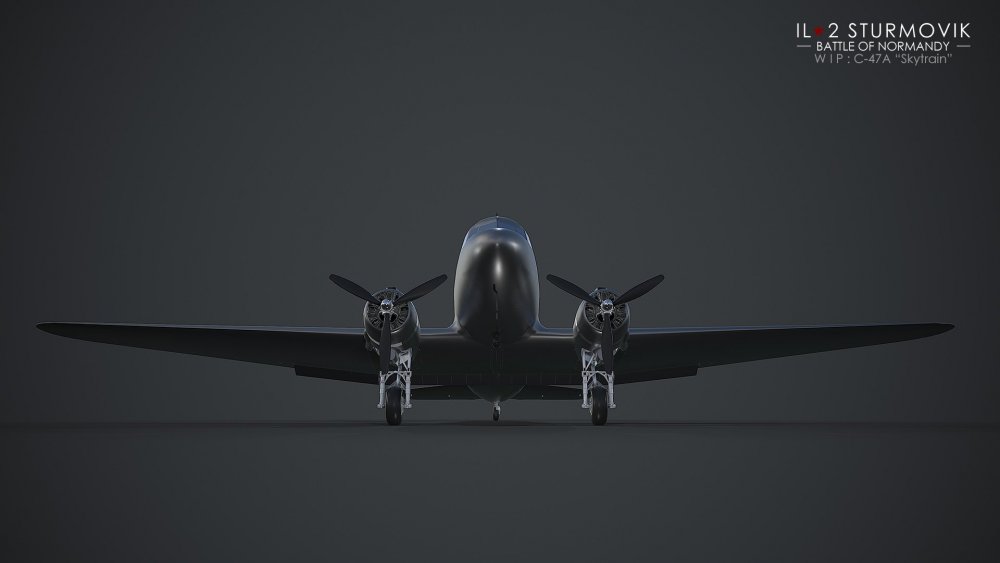

Hello everybody,
The progress on many parts of the Battle of Normandy project is becoming more visible with each passing day. We have placed the order on the numerous ground vehicles that will be outsourced while the design document on the buildings for the new map will be finished soon. The list of the airfields and the map borders are final and the work on the map itself has begun in earnest. The list of the squadrons that will be recreated in the Battle of Normandy Career mode and






